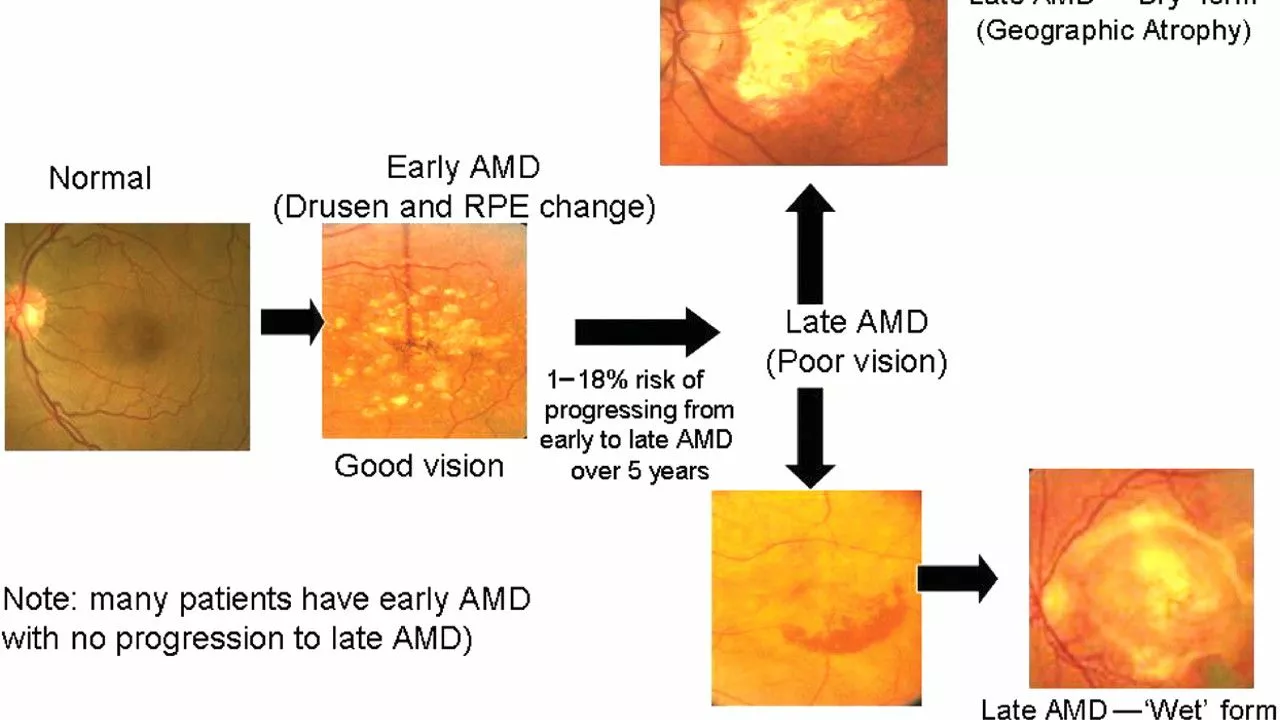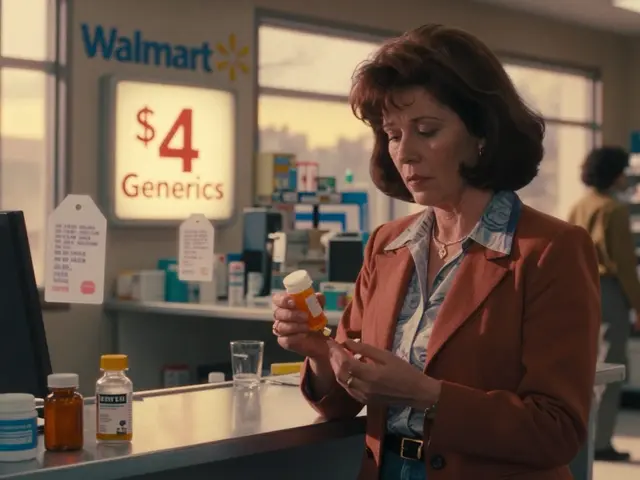Vision Risks: What to Watch for and How to Protect Your Eyes
Did you know some common medicines and conditions can quietly damage your eyesight? You might not notice small changes until they become serious. This page gives straight talk about the biggest vision risks, the meds often involved, and clear actions you can take today to protect your sight.
Common causes of vision risk
Medications: Steroids (like oral or inhaled prednisolone) can raise eye pressure and increase cataract risk. Some diabetes drugs, including certain thiazolidinediones, have been linked to swelling in the eye (macular edema). Blood thinners and antiplatelet drugs may raise the chance of eye bleeding in rare cases. Even psychiatric meds can cause dry or blurred vision. Always read side-effect lists and ask your pharmacist or doctor about eye-related warnings.
Chronic conditions: Diabetes and high blood pressure are two of the top causes of preventable vision loss. Diabetes can damage retinal blood vessels (diabetic retinopathy). High blood pressure can cause retinal changes and sudden vision problems. Keeping these conditions controlled lowers your risk more than any supplement or quick fix.
Lifestyle and age: Smoking, excessive alcohol, poor diet, and long-term UV exposure add up. Aging raises the baseline risk for macular degeneration and cataracts. A few habits—like quitting smoking and wearing sunglasses—make a real difference over time.
How to protect your sight
Get a baseline eye exam before starting drugs known to affect the eyes. If your medication list includes steroids, certain diabetes meds, or strong blood thinners, ask for an eye check within a few months of starting therapy. That gives you a comparison point if symptoms appear.
Know the red flags. Call emergency care if you get sudden vision loss, flashes of light, new floaters, or a curtain-like shadow over your vision. These can signal retinal detachment, stroke, or major bleeding—fast treatment matters.
Manage chronic disease actively. Aim for good blood sugar and blood pressure control, and keep follow-up eye exams on schedule. If you buy meds online, use reputable pharmacies and never skip the prescription step—unsafe suppliers can send wrong doses or contaminated drugs that raise risks.
Simple daily steps help too: wear UV-blocking sunglasses, eat leaf greens and omega-3–rich foods, avoid smoking, and give your eyes breaks if you stare at screens. If you notice persistent blur, halos, or double vision, don’t ignore it—book an eye exam and bring your current medication list.
If you’re unsure whether a drug could harm your eyes, ask your doctor or pharmacist directly and request monitoring instructions. Protecting vision is often a team effort between you and your healthcare providers. Small actions now can prevent big problems later.

